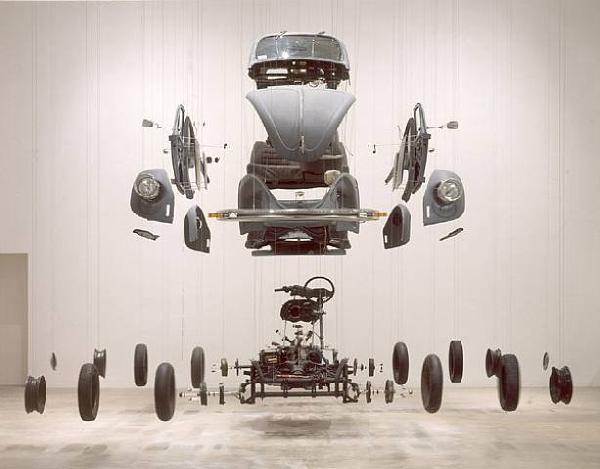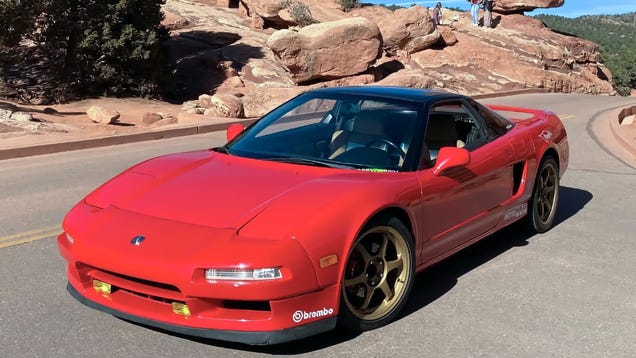
Venezuela Oil Tanker Seized by U.S. Was Part of Effort to Finance Cuba
-
Firms with ties to Cuba are getting a larger share of Venezuelan oil
exports, as the island’s security agents boost President Nicolás Maduro’s
defenses.
1 hour ago









